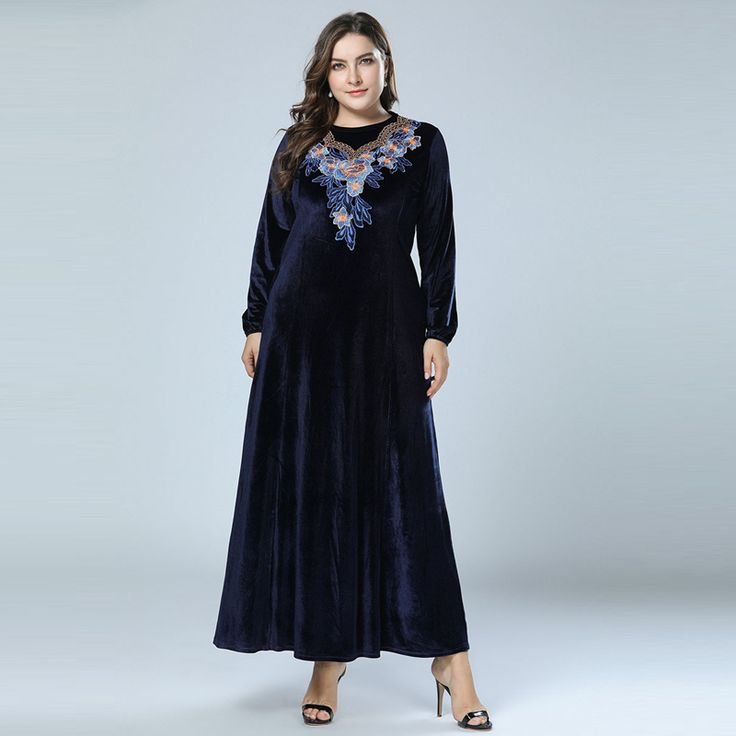We’ve all been there. Reaching out for your favourite sweater in the wardrobe just to see it covered in lint, pilling, and fuzz. These laundry care challenges not only make your clothing look dull and worn-out, but also impacts its handfeel and vibrancy. If you are facing a similar problem, don’t worry, this blog is just the right place for you!
What is lint or fuzz?
Lint or fuzz are the bits of thread and fibre that rub off fabrics during wearing, washing, and drying processes. Unfortunately, lint transfers extremely quickly! If there is fuzz on anyone of your clothing pieces, it will stubbornly cling to all others in the load, making them look unattractive and worn-out.
Even worse, if the lint stuck to a fabric is of different colour from the article it clings to, it looks especially ugly. (Just imagine greyish or whiteish fuzz clinging all over your favourite black pants or socks, and you will get what I’m saying)
Fabrics made with fuzzy fibres like terry, cloth towels, or chenille bathrobes can lint more than others as it is easier to rub fibres off them. Similarly, natural fabrics like cotton are highly prone to lint and pilling due to their textile structure.
But, no matter what you do, all fabrics will produce at least a little lint over their lifetime. Tissues left in pockets of clothing thrown into the washer is one of the most common reasons behind lint problems in laundry.
Lint remover for cotton clothes
Cotton- one of the most comfortable and versatile fabrics – is a wardrobe staple for many of us. If your cotton sweaters are covered in lint or fuzz, simply wash them with a lint remover powder like BIORESTORE cotton to revive them in only one home laundry wash.
Pick your cotton clothing with lint and pilling, sort it according to colour, and add them in the washer. Using the instructions mentioned on the packaging, add the recommended amount of BIORESTORE cotton directly in the load. Then, run a cycle at 40ºC for 2 hours. When the cycle is finished, toss the clothing into a tumble-dryer. If the fabric at your hands cannot be machinedried, rinse it with a small amount of your regular detergent and lay it flat to dry.
This lint remover powder not only removes lint and pilling but also extends the lifespan of your clothing. You can use BIORESTORE cotton to revive secondhand or thrifted clothing, making it look “brand-new” even after wearing and washing multiple times.
Lint remover for laundry care
If your clothing often comes out of the laundry covered with lint and fuzz, make sure that you are sorting it properly and using the right amount of laundry powder.
For starters, separate the lint-producing articles (like chenille) from the ones that are prone to lint (like polyester), in both washer and the dryer. Also, avoid washing or drying polyester or other synthetics with towels.
Always empty pockets of all pieces of clothing before tossing them in the washer and remove any tissues or debris. Other than improper sorting, overloading the laundry machine can also lead to added abrasion, resulting in lint and fabric pilling.
Similarly, over-drying the fabrics creates excessive static electricity, which causes lint and fuzz to cling to clothing more stubbornly instead of being deposited in the laundry lint filter. It is also essential to clean your lint filter more often in either washer or dryer or both. By following these laundry care practices, you can prevent lint and fuzz from appearing on your clothing for longer.



